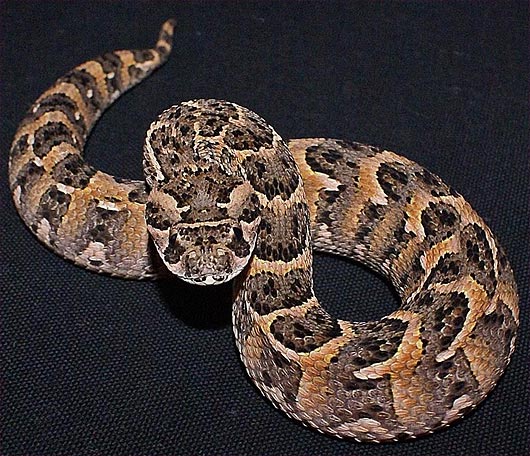As the New England Patriots recently learned, deflating game balls can attract a ton of unwanted attention. But in the wild, animals inflate and deflate every day—and they're doing it because they want all that attention.
Take the greater sage-grouse. World Wildlife Fund (WWF) ecologist Kevin Ellison has seen the massive birds in action as they puff out their throat sacs during a mating ritual. Their inflated throats basically function as a drum to amplify the dull plopping noise that males make to attract females, he explains. They can be heard up to three miles (five kilometers) away.
"It's functioning as a way to broadcast 'hey, there's a bunch of males here,'" he says, much the way a lot of screaming or cheering would announce that a group is watching a football game.
In honor of the 11 balls involved in Deflate-gate, here's a list of 11 animals that inflate and deflate all the time—naturally, and legally.
Pufferfish: Caught in the mouth of a predator, like a river otter, the pufferfish inflates its yellow underbelly to make itself too big to eat. The self-defense mechanism also protects the would-be attacker, because the pufferfish's gallbladder is poisonous.

Namaque rain frog: These tiny frogs (they're less than two inches, or five centimeters, long) burrow underground most of their lives. When they sense a predator coming, they puff themselves up and let out a series of high-pitched squeaks.

Red-eyed tree frog: Using air from their lungs, males can stretch the area beneath their mouths so thin that the normally green skin is nearly transparent. As air bounces around inside, it creates a loud mating call.
Magnificent frigatebird: It takes nearly an hour for males to inflate the gular pouches in their throats. The birds are aiming to amplify the soft tapping they make as a mating noise, and the result is a brilliant red, balloon-shaped pouch that stands out against their black feathers.
Bustards: Male great bustards also inflate their throats during mating displays. The ritual includes fanning their feathers and twisting them upside down, as well as jutting out their tails.

Elephant seal: Elephant seals inflate their noses and face off in snorting contests as a way to prove their worth as mates. Some of them are able to expand their nose by nearly a foot.

Howler monkeys: Inflating their air sacs helps howler monkeys become one of the loudest animals out there. In addition to mating, the sound is crucial for protection and communication.
Puff adder: This large, venomous snake takes its name from the way it reacts when it feels threatened: It puffs up its entire body. It also hisses, letting potential predators know it's a good idea to back off.

Walrus: When they're ready to fall asleep, these large sea-dwellers puff up their necks to create a natural pillow. Once inflated, the two sacs keep the walrus's head above water as it sleeps. Like many of the other species here, the males also use the sacs to their benefit during mating season.
Orangutans: Orangutans have inflatable pouches along their necks that can expand to hold more than a gallon, or nearly six liters. Surprisingly, the pouches inflate when air is exhaled, rather than on the inhale. Studies have shown the sacs help amplify the orangutan's calls, but it's also possible that they help with climbing, breathing, or floating, according to the book Primate Audition.
And here's another NFL tie-in: Whether you root for the Seattle Seahawks or the New England Patriots on Sunday, you're cheering on a predator of one of these magnificent self-inflating animals.
"Grouse are sometimes hunted by hawks and eagles," Ellison added, while New England's early patriots helped hunt a relative of the sage-grouse, the heath hen, into extinction.

Source: NG |



